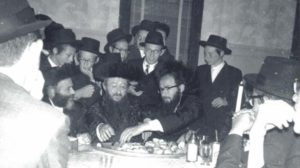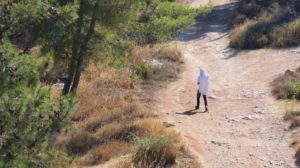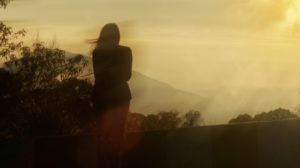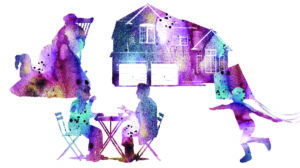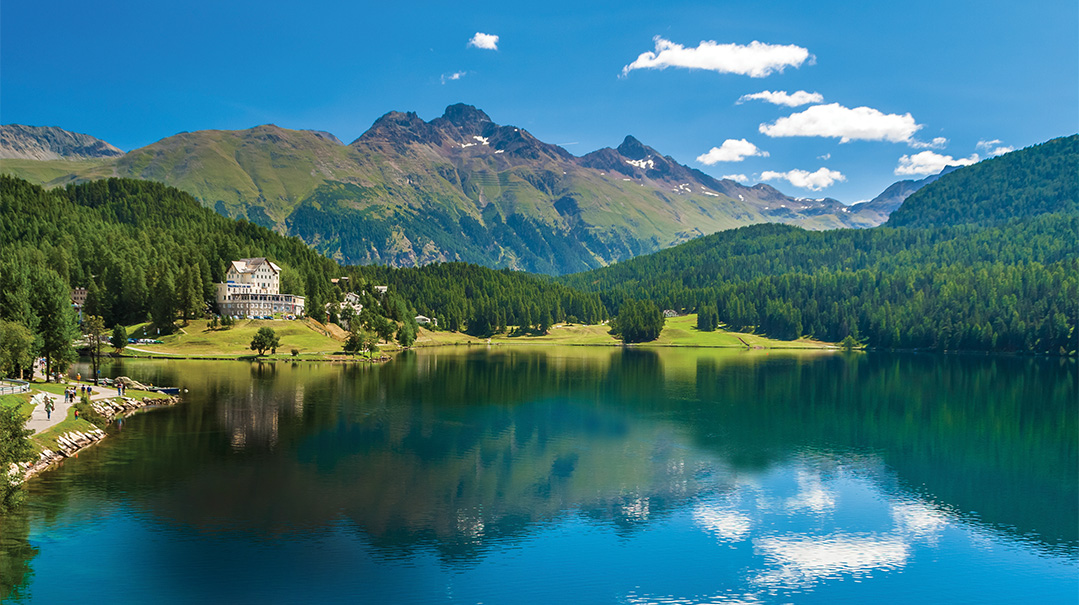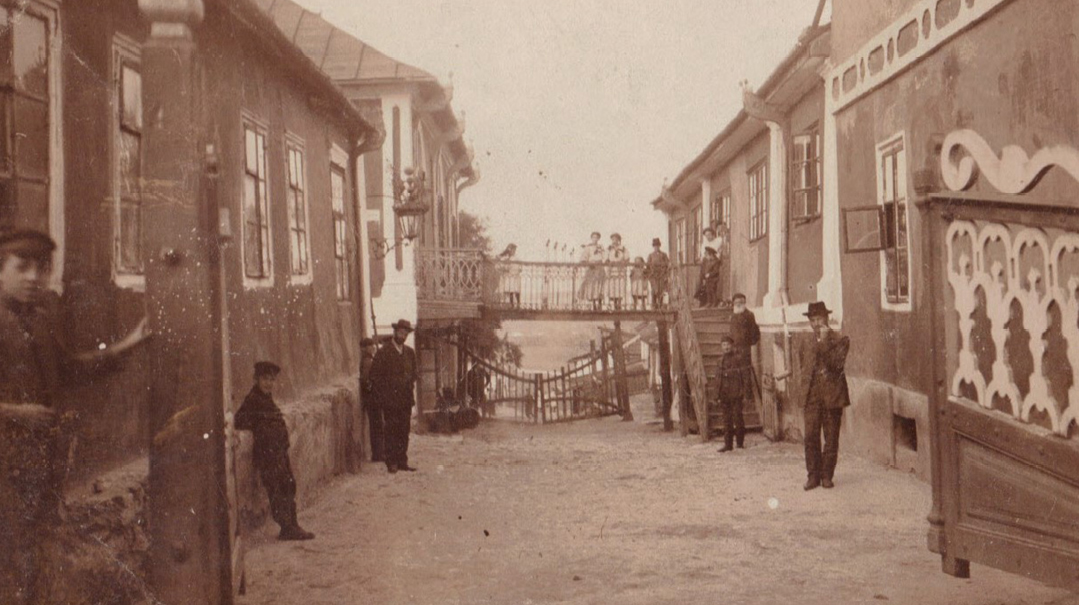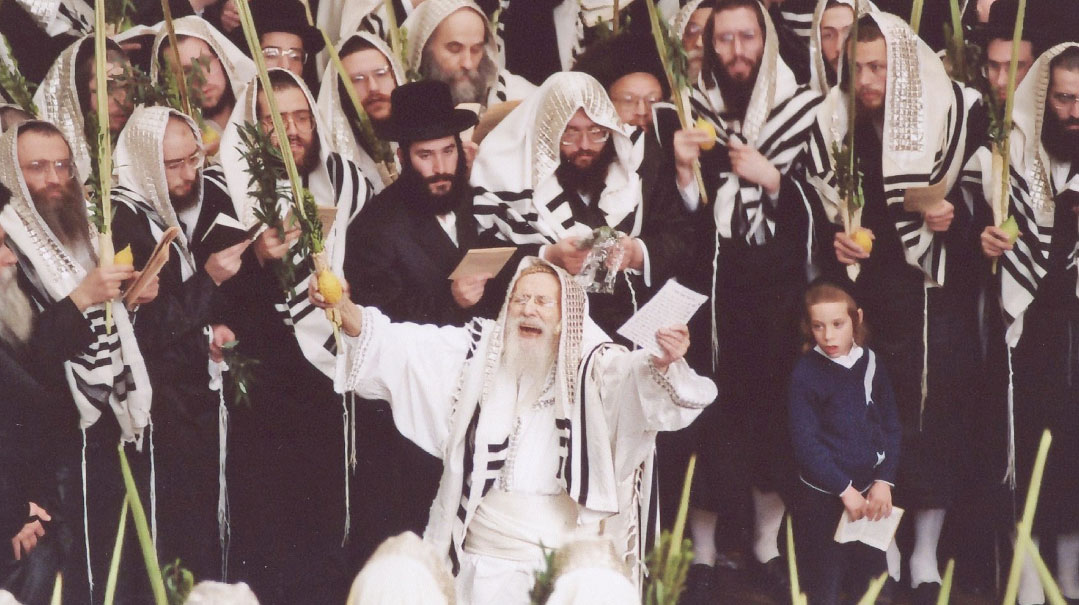Back Home Again?
| July 15, 2020And then one day in 2016, all that changed when I brought up Google Maps on my iPad and searched for Bendzin
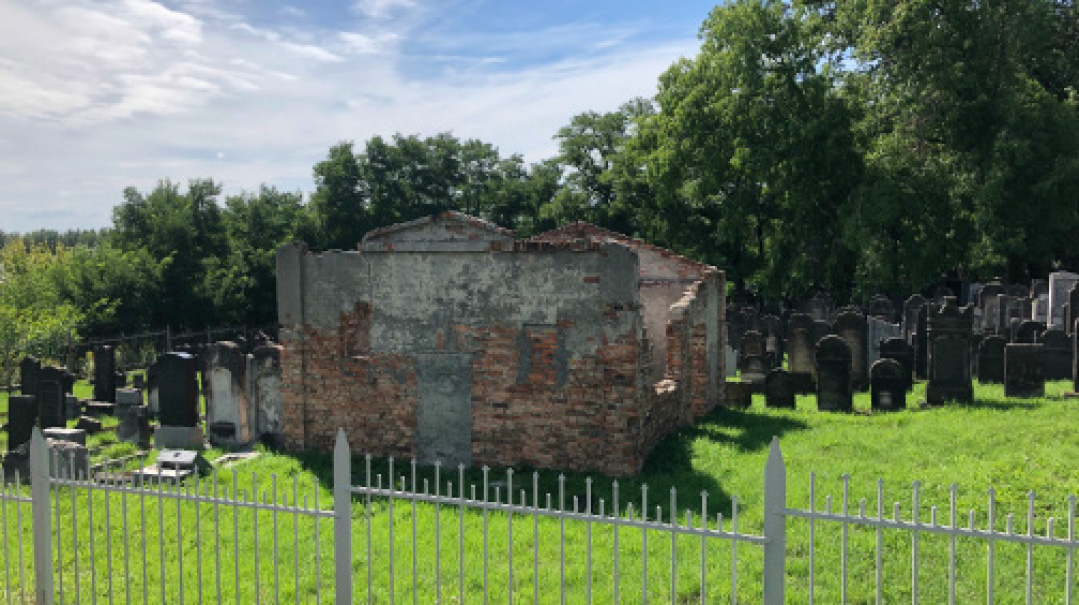
As the daughter of a Holocaust survivor, I grew up hearing my father, Naftali Faska, talk about how he would never spend a dime on the cursed Polish soil and how ridiculous it was that people went back to visit their towns that they had once called home.
“What, they were so good to them that they want to go back?” my father would wonder incredulously.
Yet throughout my childhood, I’d often hear my father reminisce about a place and a time that no longer existed, referring to Bendzin (Bendin in Yiddish, Będzin in Polish), the Polish city where he grew up, as “back home.” My Brooklyn-born mother would constantly remind him that America was his home now, but just as my father’s primary language always was and always will be Yiddish, pre-World War II Bendzin will forever be the home of his heart, no matter how good America has been to him. And who can blame him? My father was only 11 years old when the Germans invaded Bendzin, just two days after they stormed Poland in September 1939.
My father rarely discussed his wartime experiences with us when we were growing up, but we heard often about his childhood, when life was simple and where Yiddishkeit, especially the chassidishe variety, thrived. We knew, for example, that there was an eiruv in town, but that his family didn’t use it. (The one exception was carrying home their cholent, cooking overnight in the bakery’s oven, a task relegated to the pre-bar mitzvah children.) We were regaled with recollections of Bendzin’s great shul, a place so large that in his entire lifetime, my father claims he’s never seen a shul of comparable size or beauty. But those nostalgic memories are remnants of a world that no longer exists, and one that we could hardly conjure up in modern times.
And then one day in 2016, all that changed when I brought up Google Maps on my iPad and searched for Bendzin.
There it was. The river that my father skated across during the frozen winter months was still there. The massive castle that dominated the landscape still stood nearly 700 years after it had been built. Perhaps the Bendzin of my father’s childhood was gone, but the city hadn’t been swallowed up by the earth as I had imagined — and the next time I visited my parents, I brought my iPad with me.
Scanning the map, we found Stanislawa Malachewskiego, the street where my father lived when he was small, and scrolling up and down, he showed me the park and the hospital that he remembered from long ago. Other landmarks, though, hadn’t fared as well. The Agudah shul across the street was obviously gone, and 80 years later, my father couldn’t identify which of the multi-story buildings had been his home.
While the town of Bendzin was still alive and well, it was clear that the city that lived on in my father’s heart no longer existed. And so, I turned off my iPad and thought I was closing the door on Bendzin and a chapter in my family history for good. Little did I know how wrong I was.
It was nearly three years later when my husband and I had the opportunity to join Project Mesorah’s Jewish heritage tour of Poland. When we realized the tour would be ending in Krakow, just an hour’s drive from Bendzin, we both knew there was no question we had to visit the place my father spoke of so wistfully. With the vast majority of my father’s relatives wiped out during the war, there had always been far too many empty branches on my tiny family tree, and I couldn’t help but feel that going “back home” might allow me to catch a whisper of the aunts, uncles, cousins, and grandparents I had never known.
Once our decision had been made, I started surfing a genealogy website where several family members had documented what little family we had, wondering just how far those roots extended back in Bendzin. Clicking on the name Naftali Faska, I saw that my father’s father had also been born there, and going back as far as I could on my patrilineal line took me all the way back to 1745. There were so many cousins that I couldn’t possibly count them all, completely destroying the notion that I came from a small family. The Faska family was large, but there are precious few survivors left, my brother and his sons the only ones left to carry on a family name that had flourished proudly for hundreds of years in Bendzin.
As someone whose job often involves digging up details, I set out to find out as much as I could about Bendzin and my family before we left. A Facebook page led me to pictures of the only three known gravestones bearing the name Faska in the cemetery shared by Bendzin and the neighboring town of Czeladź, though I have no idea who they are or how they are related to me. Google searches led me to Nazi records listing names, address, and birthdates of multiple Faska aunts and uncles and cousins, and days before our flight I watched a Spielberg Foundation interview with my father and learned that his mother had been buried in the local cemetery in a mass grave along with several others. And so we packed our bags, hoping to find bits and pieces of the Bendzin that was.
From the very first tefillah I davened on Polish soil at Warsaw’s Nożyk shul, I felt connected to generations of relatives who preceded me — both those who lived long ago and others who I might have even known had the world not been savagely turned upside down. Over the next few days, we visited numerous places that strengthened those newly forged familial bonds. A late night trip to the courtyard of Gur had me wondering which of my family members might have made Yom Tov pilgrimages there, and I left a kvittel at the tziyun of the Gerrer Rebbes with the names of three generations of our family, tangibly linking my own grandchildren with the chassidus of their great-great-grandfather.
Our visit to Auschwitz-Birkenau was life-changing. We found countless Faskas in the seemingly endless pages listing those who died there, including my father’s father Yosef, his mother’s death in Bendzin recorded there as well. In that tear-filled moment, Yosef and Chava Faska, who in my mind had always been simply my father’s parents, suddenly became my grandparents as well. Walking through the gas chambers, I took advantage of a priceless opportunity to be mechabed the zeide I never knew, saying Tehillim for him and the thousands of others whose lives had been brutally cut short in the very spot where I stood.
We spent an uplifting Shabbos in Krakow, and Sunday morning, I woke up uncharacteristically early at 6 a.m. This was it — I was going back to Bendzin.
Conveniently, the driver we hired was also the owner of Krakow’s only Jewish bookstore, and I spent the hourlong trip to Bendzin skimming a volume he gave me, cataloguing every known grave in the Bendzin-Czeladź cemetery. Arriving at our destination, we found ourselves standing on what can only be described as a portal through time. On our right was the home of the Polish family who holds the keys to the cemetery; to our left were the graves of approximately 4,000 Jews who died from 1915 through 1948.
As Eastern European Jewish cemeteries go, this one was extremely well preserved, having undergone a recent major restoration. After descending a few stairs and passing by the remains of the ohel of Rav Chanoch Tzvi HaKohein Levin — the rav of Bendzin and son-in-law of the Sfas Emes — we walked down the wide treelined dirt path, counting the rows of tombstones as we passed them, finding the few Faska names listed in the book and stopping at each one to say a kapitel Tehillim and lay a rock atop each matzeivah.
I left my husband to search through the thousands of graves for more relatives, while I walked to the back of the cemetery where there was a huge pile of broken tombstones, a cluster of mass graves, and a granite monument, a memorial to the murdered Jews of Czeladź and Bendzin, including those who were locked in Bendzin’s great shul as it burned to the ground within the first days of the Nazi invasion. While there was no way to know exactly where my grandmother’s final resting place is, I knew that this was as close as I could get and what I had traveled 4,236 miles to see. I davened at all three graves, leaving a kvittel on the grass and topping it with a small rock, hoping my grandmother sees us passing her torch to the next generation, keeping them connected to Bendzin and all that it stands for in my father’s mind, despite the war that ripped a gaping hole in the fabric of our family. I said one final kapitel before I left, knowing without ever having been told that the 23rd perek of Tehillim, Mizmor l’Dovid, would have resonated with her.
We spent the next hour making a few quick stops in Bendzin. Having spoken with Shlomo Yehuda Rechnitz, whose grandparents lived directly underneath mine, we found 17 Stanislawa Malachewskiego where my father once lived. I took pictures from all different angles, wondering exactly which windows had been theirs, and which porch it was that my aunt fell from, somehow landing unhurt in the Rechnitzes’ apartment. The house at 7 Grobla that my father remembers as his next home was gone — a man on the porch of neighboring number 5 told us that he had been living there for years and had no memory of 7 Grobla ever existing. The nearby Przemsza River that we had heard about since we were children was almost completely dried up — in a way, a fitting metaphor for a depressed city that never recovered after its large, vibrant Jewish community was destroyed.
Somehow, I felt a sense of peace as we got back into the car and headed for the airport. I can’t undo what happened in Bendzin and all over Eastern Europe. I can’t bring anyone back to life or recreate a city that once had as many Jews as Boro Park does today, the vast majority of whom were murdered in cold blood. But for me, our brief visit to Bendzin was never about reliving the horrors of the war. It was a rare opportunity to show my grandparents that while not all the branches of their family tree had survived, others were, baruch Hashem, flourishing and that they will never be forgotten, with four generations of Faskas living the life that they died for.
We had kept our trip under wraps and had told almost no one we were going, but the one detail that we hadn’t ironed out was the most important one — whether or not to tell my father that we had been to his hometown, a place he cherished in memory but never wanted to see ever again. In the end, that decision was made for us when someone I had contacted about Bendzin posted on a social media site, broadcasting my plans to the world. I knew that my nephew had showed the post to my parents while we were in Poland, but had no idea if they had actually read it.
Taking the bull by the horns, we spent the next Shabbos with my parents and I told my father that the opportunity had presented itself for me to show his mother the generations he had rebuilt from the ashes, an offer I couldn’t pass up. Far from being upset, he seemed touched by the idea that I had brought his mother living proof of his own journey of salvation, from his boyhood in Bendzin to his golden years as the patriarch of three generations of shomrei Torah u’mitzvos.
They say you can’t go back home again, and they’re both right and wrong. The tired and crumbling Bendzin of today is certainly not the bustling town I had heard about growing up. Yet having been given an unexpected opportunity to walk the streets that still bore the centuries-old echoes of Faska family footsteps gave me a clearer perception of the picture my father had long painted for us of his childhood and a better appreciation of just how much we, collectively and personally, have lost.
None of us can change what happened or rewrite the course of history. But I can do my small part in continuing the chain that links my family to Bendzin, making sure it lives on in my children and their children, bringing the grandparents I never met nachas the only way that I can. —
(Originally featured in Mishpacha, Issue 819)
Oops! We could not locate your form.


